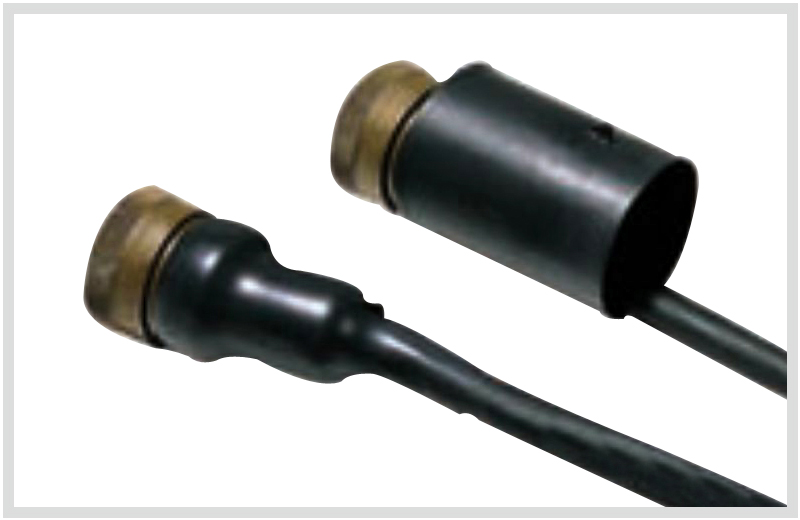
Today’s age is said to be the age of polymeric cable installations. However, about 50% of the underground network of a power distribution system comprises installations of old paper-insulated cables. Though emphasis is greatly placed on ‘pushing out the lead’ the old cable installations still hold sway. In spite of these systems being many years old they still continue to function effectively as long as they are not disturbed.
Most of the problems connected with these cables take place when disturbance due to some reason occurs. For example, routine maintenance or greater electrical or mechanical stress imposed on these aged systems while adding new connections are instances that can be termed as disturbances. Another source of a problem is the stress fractures occurring in the lead jackets due to weather exposure faced by high voltage cables. Any form of breach at that point can let moisture seep into the cable leading to the cable insulation’s rapid deterioration. As more and more of these older systems are made to work beyond their original design capacity, the increased cable temperatures will pressurize the oil to come out of the paper insulation decreasing its dielectric strength to a great extent. In cable installations that are inclined, oil is drained off from the cable top due to the pressure differences between the head and tail and alongside it would cause a swelling of the lead at the cable bottom. This would unavoidably cause oil leakages. If one has to replace the PILC cable totally including the dry dielectric complement, a lot of costs, logistics and service disruptions would be entailed. Therefore, a large number of transmission operators and utilities still continue with fluid filled technology though, however, only a few producers of such cables exist. But till the time there is total replacement of such old technology, the need for on-going repair will arise and this needs to be done without harming the consistent working of the fluid filled cables.
At such times the transition joints come into the picture. They help in connecting the earlier and newer cable technologies at all voltages. The old paper insulated cables have to be changed into a ‘quasi’ polymeric kind. The cable end has to be tightened irrespective of the medium of impregnation whether it is oil or another non-draining or draining compound. Oil barrier tubes of the heat shrinkable variety are useful in this context. The application for which the transition jointhas to be used determines its construction for varied voltage levels. For example, transitioning from three-core paper insulated cables to three-core polymeric ones require heat shrink joints or cast resin joints at low voltages. In the context of medium voltages mostly heat shrink products are used as transition joints for connecting largely polymeric cables with varied kinds of paper-insulated cables. In high voltage contexts, every transition joint involves a customized construction.
Materials used in the manufacture of all cable accessories such as branch joint, transition jointetc need to have several attributes such as elasticity, resistance to erosion and long-period stability under electrical stress among others if the accessories need to be effective in their respective application.